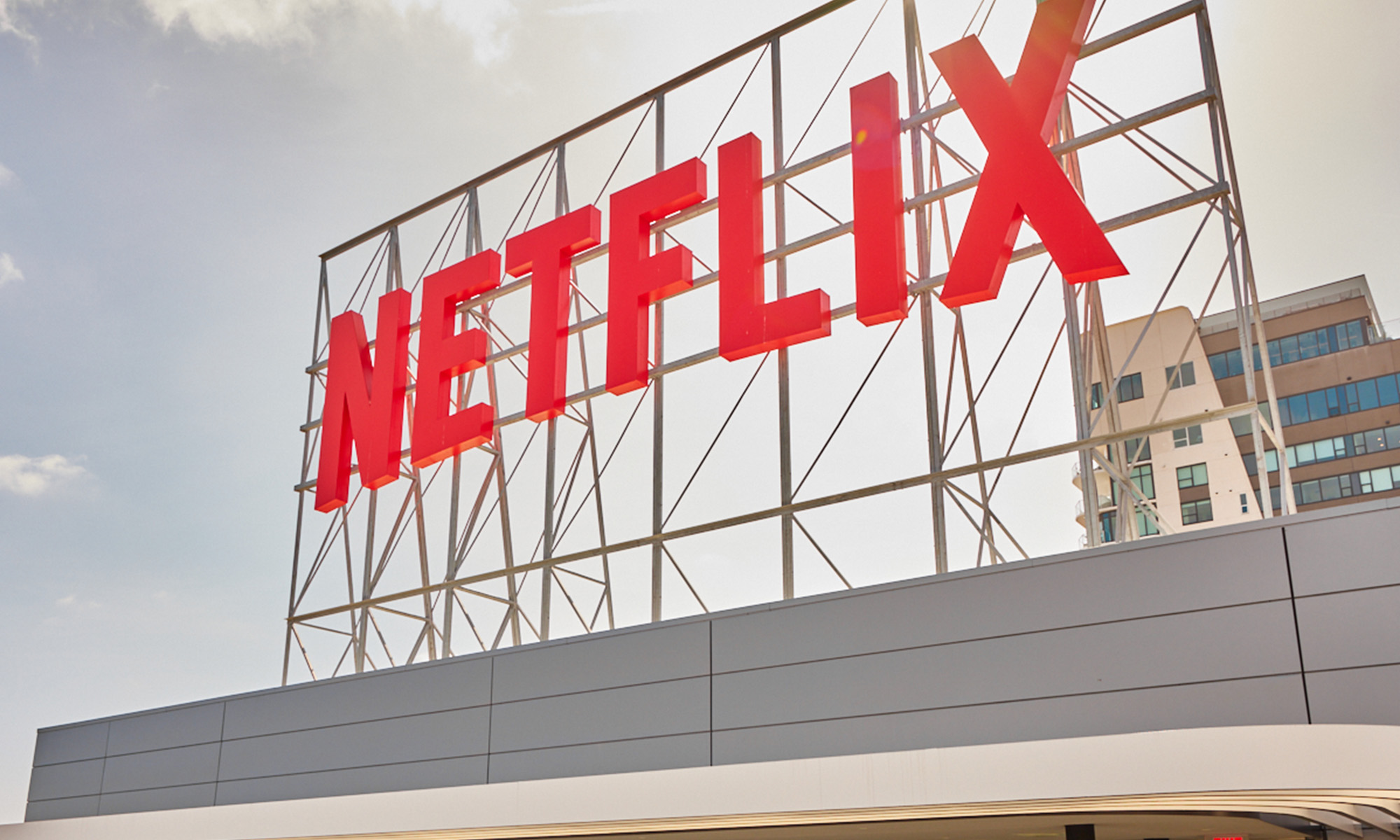A stock split doesn't change any of the underlying fundamentals of a business. It does, however, signal confidence from management that the stock can keep climbing higher from here. And investors are keen to pick up on that signal.
For the most part, management teams have been proven right. Since 1980, the average stock-split stock has gone on to climb more than 25% over the 12-month period following the split, according to research from Bank of America analysts. By comparison, the S&P 500 produced an average 12-month return of 12%.
As such, investors are always looking for the next stock that could split its shares. There's a short list of companies with nominally high stock prices that have been widely anticipated will split their shares. Netflix (NFLX +0.25%) sits near the top, and the board of directors finally approved a 10-for-1 stock split at the end of October.
After strong price performance over the past few years, bringing its total gain since its initial public offering (IPO) to more than 103,000%, here's why Netflix stock can head considerably higher still.

Image source: Getty Images.
The company keeps evolving, but the playbook stays the same
Netflix has undergone several significant changes throughout its history. Many still remember the little red envelopes with DVDs you'd receive via snail mail. Today, it's the biggest subscription video-on-demand service in the world, streaming movies and TV into over 300 million homes.
No matter what, though, Netflix has stuck with the same playbook for years. It looks to add tons of valuable content to its platform, then asks its customers to pay a bit more, either through subscription prices or more advertising. With the additional cash flow, it invests in even more content, ensuring there's something for everyone.
That's supported the company's improving financials, and investors have rewarded it along the way for management's execution. That's led to two other stock splits in the past as its share price crept higher. It split its shares 2 for 1 in 2004 and 7 for 1 in 2015. The 10-for-1 split, which will go into effect in mid-November, will bring its nominal share price back into triple-digit range while the company's valuation continues to climb.

NASDAQ: NFLX
Key Data Points
Last quarter was another example of excellent execution from management. The burgeoning advertising business is on track to double sales this year. It's also enabling the media company to expand into new types of content like live sports. That said, premium subscriptions are still driving the cart at Netflix for the time being, and it's seeing excellent results.
Revenue in the mature United States and Canada region climbed 17% year over year, indicating the company continues to hold on to subscribers even as it raises its prices. It saw even better growth in Asia and Latin America on a foreign-exchange-neutral basis with solid growth in Europe and the Middle East as well.
Investors punished the stock after its third-quarter report, though, due to a back tax paid to Brazilian authorities that curbed earnings. The company may have to pay the Brazilian tax going forward if it can't get things sorted out in court, but management doesn't expect it to have a material impact on its results.
After the pullback, investors may have an opportunity to buy the stock. Management and the board of directors appear to believe that it will continue to climb higher over the long run, based on their decision to split the shares. Here's why they're right.
It's not too late to buy
Even when Netflix was spending billions in cash and taking on debt to green-light new original shows and films, it maintained a financial discipline that has proven extremely valuable. That same discipline should drive the company's value higher over the long run.
The formula is relatively simple. Since Netflix is a subscription service, its revenue is fairly predictable. While advertising revenue growth is more variable, it's not the bulk of revenue at this point, and it's still somewhat predictable based on upfront sales. With a relatively accurate forecast for what the company will bring in, management is able to control its biggest expense -- new content and licenses -- and manage the business toward a target operating margin.
The company has consistently executed year after year with a few exceptions for events like the COVID-19 breakout and the writers and actors strikes. But it consistently improves its earnings power, which has recently translated into strong growth in free cash flow after years of burning cash to build its content library.
Continued growth in free cash flow can be used to retire high-interest debt and buy back shares, boosting the company's net earnings per share. The stock is trading at about 34 times analysts' expected earnings for 2026, a fair price to pay for it today. And if management can continue executing its playbook through the end of the decade, it should see very strong earnings growth, and its valuation will keep climbing from here.
The stock split is just another signal from management that shares will keep moving higher.





